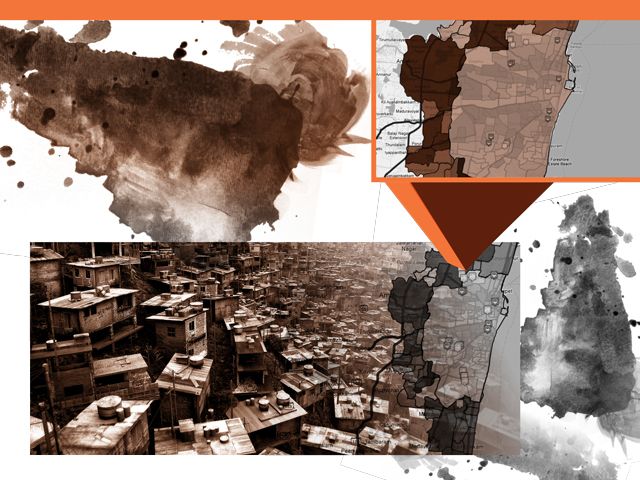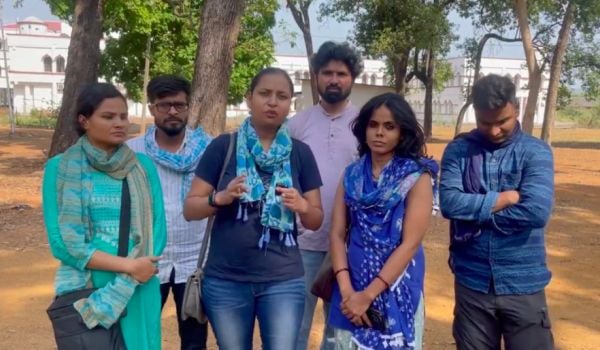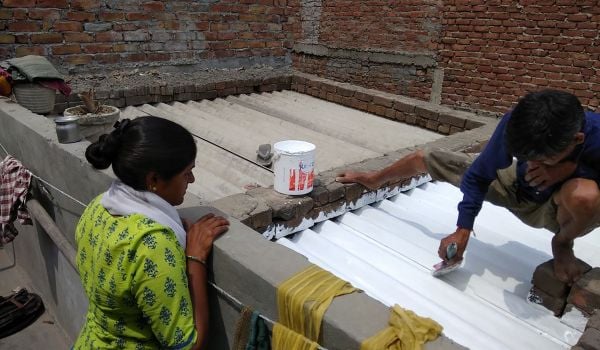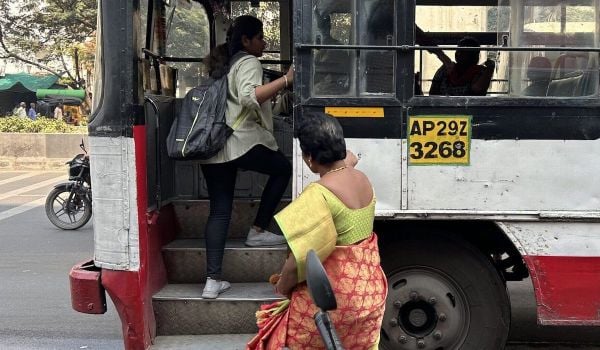Over the next two weeks, Next City will unroll short profiles of 77 people, places and ideas that have changed cities this year. Together, they make up our 2012 Disruption Index. Forefront subscribers can download the Index in full as a PDF, complete with beautiful designs and graphics by Danni Sinisi. Readers who make a $75 donation to Next City will have a full-color printed copy of the Index mailed to them.
For urban data to do any good it has to be accessible, understandable and usable. In Chennai, India, it was none of those things. So in 2009, Nithya Raman decided to take on the challenge by going to municipal offices and warehouses to find the city’s data and open it up. What’s resulted is Transparent Chennai, a mapping and data website that connects the city’s people to its important numbers and statistics. By putting this data into the public eye, the project aims to empower residents to advocate for change in their communities.
In Chennai, slum-dwellers live literally off the grid and go uncounted by government, a willful ignorance that perpetuates a status quo in which families don’t receive the public services they need. Raman’s theory is that data can help slum-dwellers in their quest for recognition — and once that happens, it will be much harder for the government to continue to ignore their existence.
To that end, Raman and her team use the data they collect to create tools to put slum dwellers on the map, literally and figuratively. Some maps are straightforward, showing routes or police stations. But others go beyond providing simple information, highlighting the city’s most dire needs and calling on locals to demand better services and treatment from the government. Their website also includes easily accessible information on how residents can reach out to officials and which offices are responsible for utility outages or insufficient sewage infrastructure. By making this information available and usable, Raman and her colleagues at Transparent Chennai are creating a more informed public and giving it the tools to transform their city.

Nate Berg is a writer and journalist covering cities, architecture and urban planning. Nate’s work has been published in a wide variety of publications, including the New York Times, NPR, Wired, Metropolis, Fast Company, Dwell, Architect, the Christian Science Monitor, LA Weekly and many others. He is a former staff writer at The Atlantic Cities and was previously an assistant editor at Planetizen.












